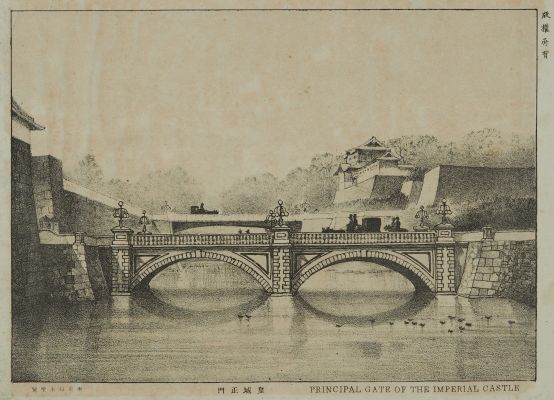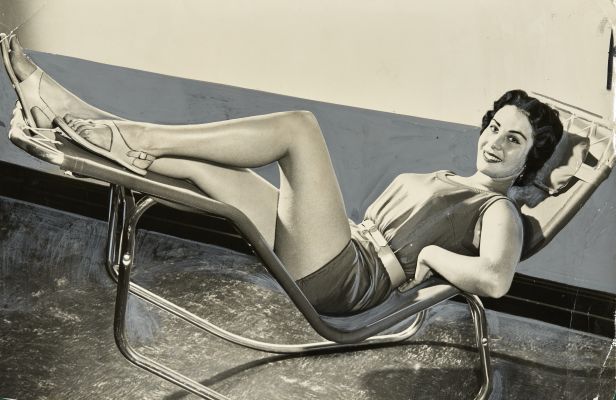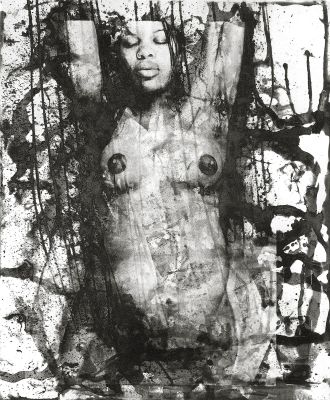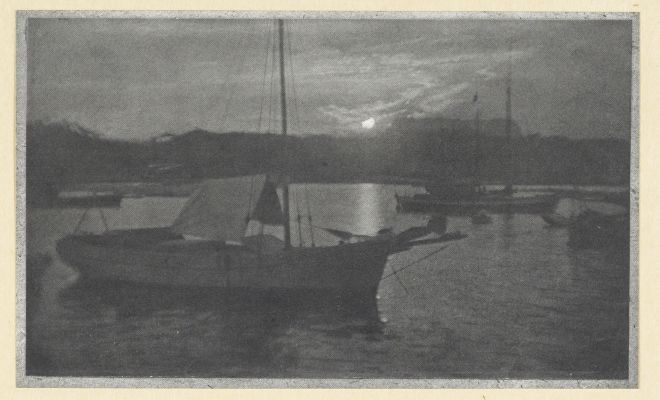
Title
Ruines de la salle dn Trone, à l’Hotel de ville de Paris.Artist
Marville, Charles (French, 1813-1879)Publication
Paris Incendié Album HistoriqueDate
1871Process
AlbumenImage Size
6.3 x 9.2 cmSheet Size
9.8 x 11.5 cm
The Franco-Prussian War, which included the Siege of Paris and the German bombardment of the city, and the subsequent Paris Commune, during which the government forces inflicted further damage on the capital, left large areas of Paris and its suburbs in ruins. Many Parisian photographers, notably Hippolyte-Auguste Collard, Hippolyte Blancard, Bruno Braquehais, Pierre Émonts, Alphonse Liébert, Eugène Disdéri, Auguste Muriel, J. Andrieu, and E. Durand, saw the commercial opportunity offered by these evocative and emotive ruins, and various series of views of the destruction swiftly appeared on the market. For those who had not been present, and for those who were unable to visit the ruins, these photographs served as a means to share the experience. They also served as a tool of political propaganda, since the considerable damage was blamed, albeit tacitly, on the Germans and the Communards, regardless of the fact that much of the worst of it had been inflicted by the French government itself.











